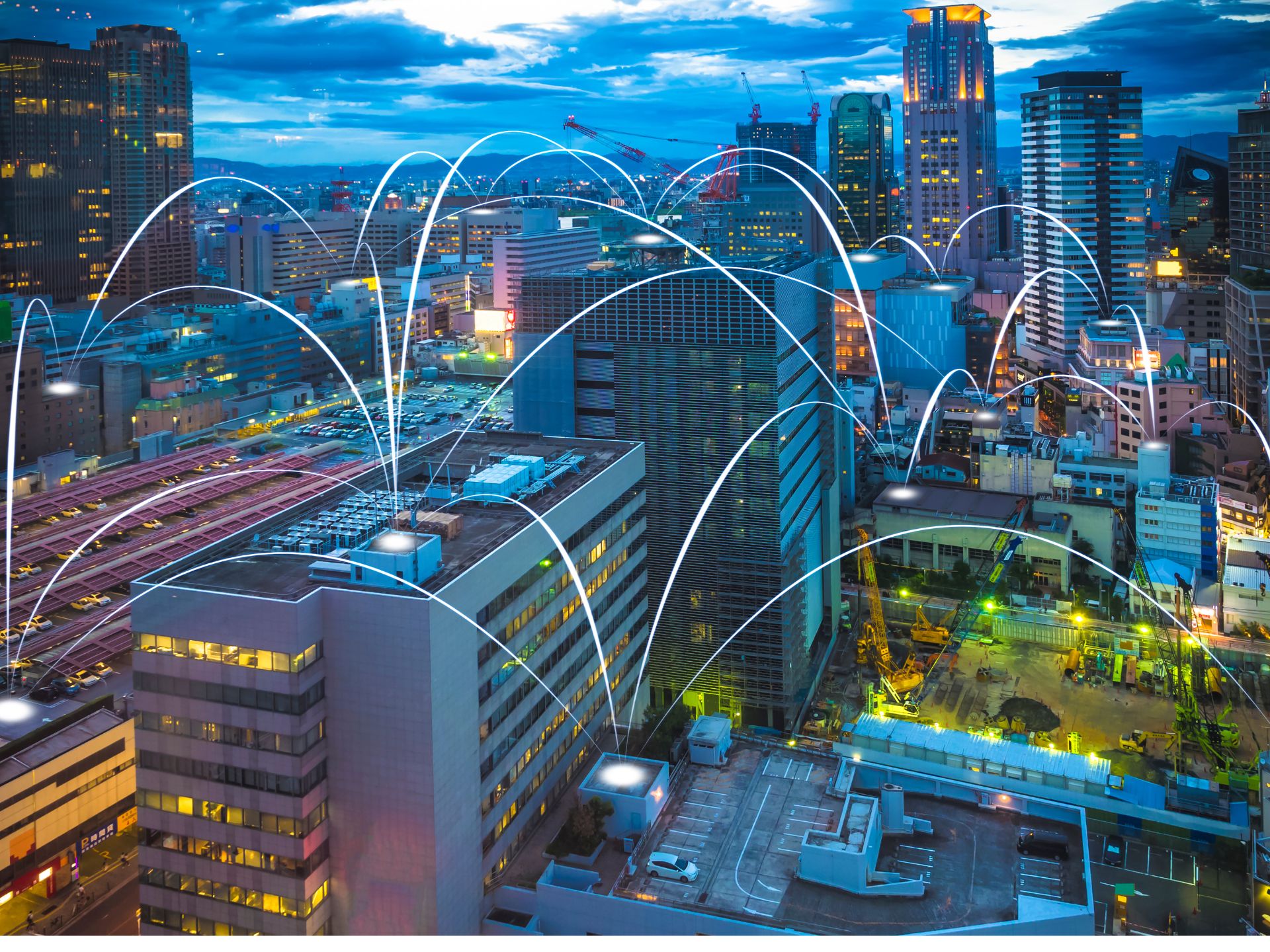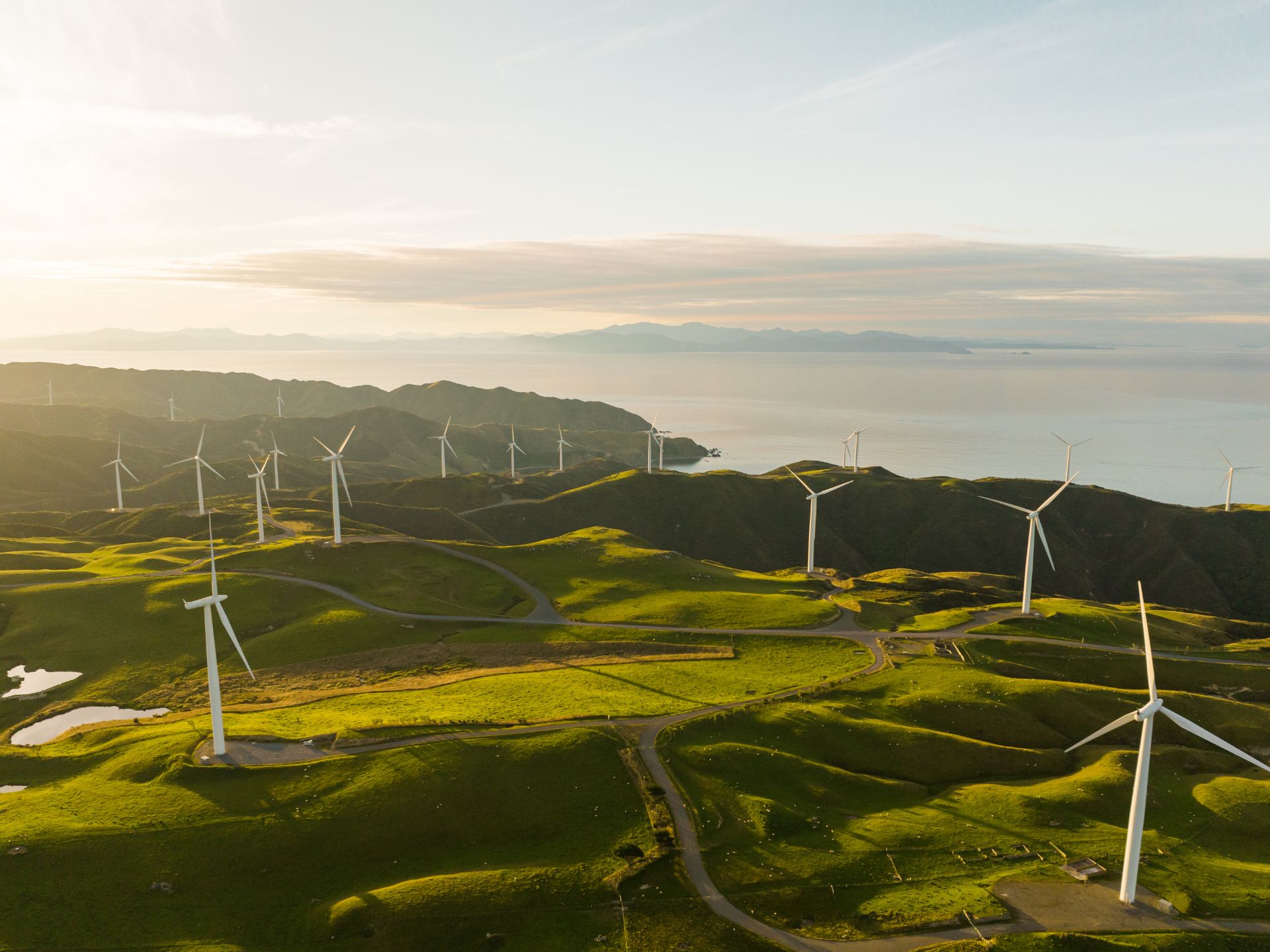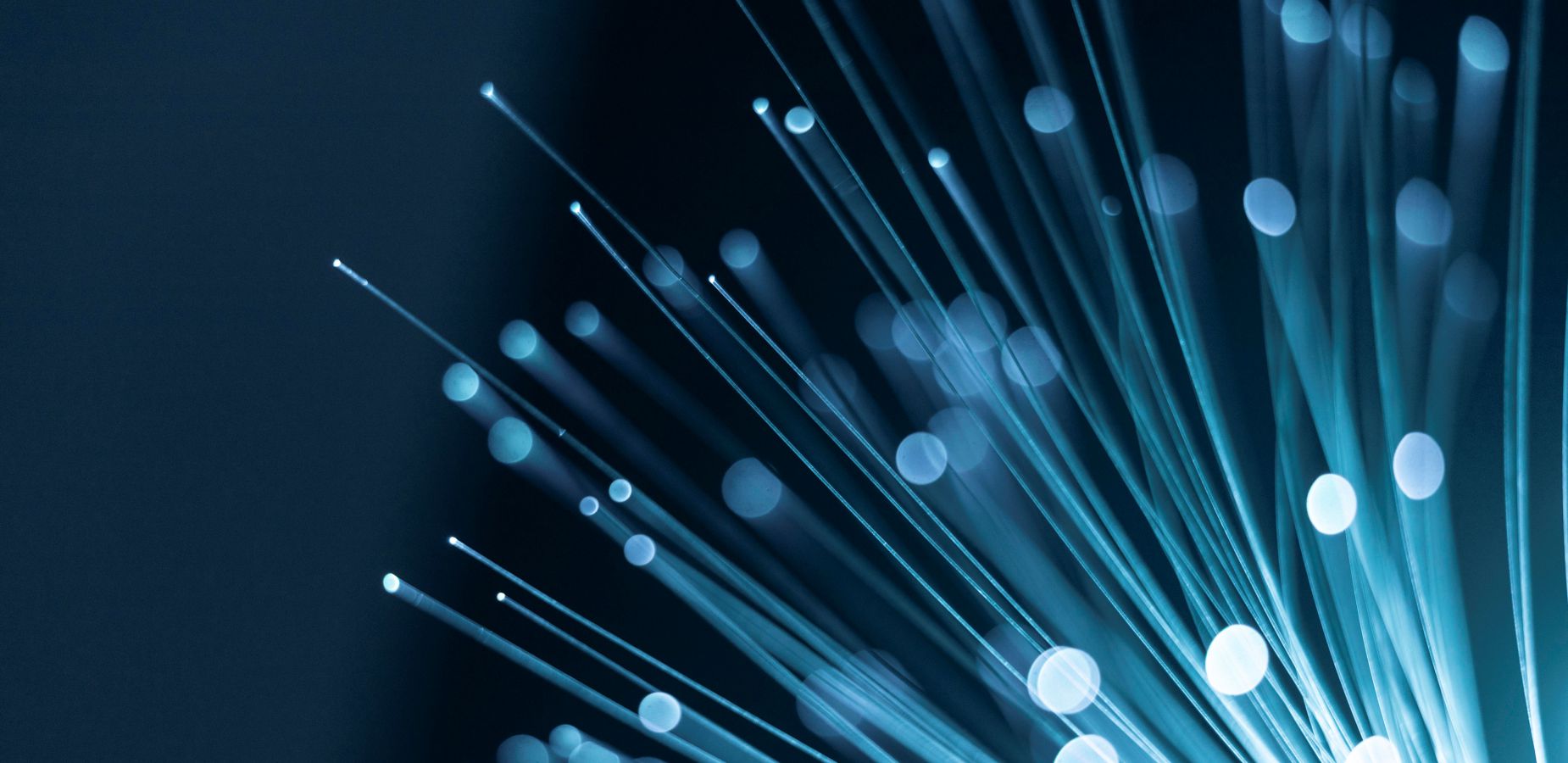Fiber’s Role in Smart Cities & Green Infrastructure: 2025 and Beyond
The ongoing transformation of urban environments into smart, sustainable ecosystems relies heavily on a robust and future-proof digital infrastructure.
Fiber optic networks have emerged as the foundational technology, enabling not only the digital ambitions of smart cities but also the environmental imperatives of green infrastructure. Drawing from industry insights, including those detailed in the Fiber Network Council APAC (Formerly FTTH Council Asia Pacific)’s whitepapers and the IDATE report, and updated with the latest advancements in 5G/6G, hyperscale data centers, and AI, this article explores fiber’s critical and evolving role in shaping the urban landscape of 2025 and beyond.
The Evolution of Urban Connectivity: From Legacy Systems to Deep Fiber
For over a century, copper cables served as the primary medium for telecommunications, primarily supporting voice services. However, the exponential growth of the internet, video streaming, cloud computing, and mobile data has rendered copper networks inadequate for modern bandwidth demands.
Today, applications such as 8K video, immersive virtual/augmented reality, smart grid monitoring, and autonomous vehicles require data rates, ultra-low latency, and reliability that only fiber optics can deliver.
Fiber’s ability to transmit massive volumes of data over long distances without signal degradation, coupled with its future-proof nature—where upgrades can often be achieved by changing endpoint equipment rather than the cables themselves—makes it uniquely suited to support the ever-evolving needs of smart cities.

Deep Fiber Penetration: Supporting Next-Generation Applications
The Fiber Network Council APAC (Formerly FTTH Council Asia Pacific)’s guidelines remain highly relevant, underscoring that the closer fiber extends to end users, the more advanced the applications it can support. Key developments in the smart city landscape now demand even deeper fiber penetration:
- 5G and Emerging 6G Networks: These next-generation mobile networks necessitate dense, low-latency backhaul, which only fiber can provide reliably. 5G’s small cell densification (with cells every few hundred meters) and early 6G pilots (targeting sub-millisecond latency and Tbps speeds) make deep fiber deployment crucial.
- Hyperscale and Edge Data Centers: The proliferation of hyperscale and edge data centers—critical for AI, cloud computing, and content delivery—demands massive fiber connectivity for both internal (east-west) and external (north-south) data flows.
- Artificial Intelligence (AI) and the Internet of Things (IoT): Billions of connected devices, real-time analytics, and machine learning applications require symmetrical, high-capacity links that only fiber can deliver. The scale and complexity of these applications are driving the need for even greater bandwidth and lower latency.
Updated Application Bandwidth Requirements (2025)
| Application | Typical Bandwidth (2025) | Required Fiber Proximity |
|---|---|---|
| 8K/16K UHD Video Streaming | 160 Mbps – 1 Gbps+ | < 1 km |
| Immersive XR/AR/VR | 1–10 Gbps | < 500 m |
| 5G/6G Small Cell Backhaul | 10–100 Gbps per cell | Direct or < 100 m |
| Hyperscale Data Center Interconnect | 100–800 Gbps per link | Direct fiber |
| Smart Grid/Fault Monitoring | 5–10 Gbps | Direct or < 20 m |
| Autonomous Vehicles (V2X) | 100 Mbps – 1 Gbps/vehicle | < 500 m |
| Telehealth/Remote Surgery | 1–10 Gbps | < 100 m |
Fiber’s Green Impact: Enabling Sustainable Urban Infrastructure

Energy Efficiency and Carbon Reduction
Fiber networks offer superior energy efficiency compared to copper and wireless alternatives, consuming significantly less power per bit transmitted. This efficiency becomes increasingly important as hyperscale and edge data centers expand, with fiber enabling optimized architectures and minimizing the need for energy-intensive signal repeaters. In addition, the shift to fiber supports:
- Smart Grids: Real-time monitoring, predictive maintenance, and distributed energy resource management, all facilitated by fiber, optimize electricity usage and integrate renewable energy sources, reducing urban carbon footprints.
- Smart Mobility: Fiber-enabled intelligent traffic management systems, public transit optimization, and autonomous vehicle support contribute to reduced emissions and congestion.
- Remote Work and Digital Services: Ubiquitous fiber facilitates telecommuting, virtual healthcare, and e-learning, thereby reducing travel-related emissions.
Material and Lifecycle Benefits
Fiber cables are lighter, require fewer raw materials, and boast a longer lifespan (25–50 years) than copper cables (5–10 years), resulting in less waste and a reduced environmental impact throughout the entire lifecycle.
Industry Trends: Fiber as the Cornerstone of Urban Innovation
Hyperscale and Edge Data Centers
The ongoing global expansion of hyperscale and edge data centers is driving unprecedented demand for fiber connectivity. These facilities are the central hubs for smart cities, supporting AI, IoT, and real-time analytics. Fiber’s scalability and reliability are critical for interconnecting these data centers, cloud regions, and edge nodes.
5G/6G and Network Convergence
The deployment of 5G and the development of 6G technologies are accelerating fiber deployment. Small cell densification, massive MIMO (multiple-input multiple-output), and network slicing depend on robust, low-latency fiber backhaul. The increasing convergence of fixed and mobile networks further underscores the role of fiber as the unifying infrastructure.
Open Access and Public-Private Partnerships
To address the substantial upfront costs associated with fiber deployment, cities are increasingly embracing open access models and public-private partnerships. These collaborative approaches maximize infrastructure utilization, promote competition, and accelerate the path to universal coverage.
Strategic Recommendations for 2025 and Beyond
- Prioritize Deep Fiber Deployment: Municipalities and telecom operators should prioritize FTTH/B, FTTA, and direct fiber connections to data centers and small cells to create future-proof infrastructure.
- Integrate Fiber with Green Initiatives: Coordinate fiber rollouts with sustainability programs—such as smart grids, green buildings, and digital public services—to maximize environmental benefits.
- Leverage Open Access Models: Shared infrastructure reduces costs, accelerates deployment, and ensures equitable access.
- Prepare for 6G and AI: Infrastructure planning must anticipate the exponential growth in bandwidth and latency demands driven by 6G and the increasing pervasiveness of AI.
Conclusion
Fiber optic infrastructure is now a foundational requirement for building smart, sustainable, and resilient cities in 2025 and beyond. The advent of 5G/6G, the growth of hyperscale data centers, and the increasing reliance on AI-driven services have solidified the case for deep, ubiquitous fiber connectivity. As cities worldwide pursue sustainability, efficiency, and innovation, investing in fiber is not only a forward-thinking strategy but also essential for creating a green, connected, and thriving future.
References: Fiber Network Council APAC (Formerly FTTH Council Asia Pacific) Whitepaper (2017), Smart Cities Committee (2016), IDATE Report (various years), updated with industry trends and technology advancements as of 2025.

